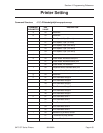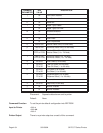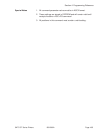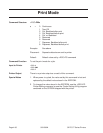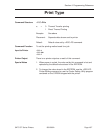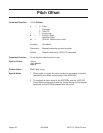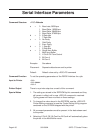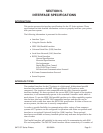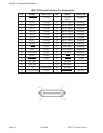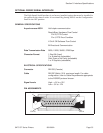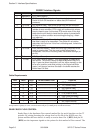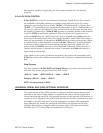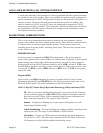
SECTION 5.
INTERFACE SPECIFICATIONS
INTRODUCTION
This section presents the interface specifications for the CT Series printers. These
specifications include detailed information on how to properly interface your printer
with your host system.
The following information is presented in this section:
• Interface Types
• Using the Receive Buffer
• IEEE 1284 Parallel Interface
• Universal Serial Bus (USB) Interface
• Local Area Network (LAN) Interface
• RS32C Serial Interface
General Specifications
Electrical Specifications
Pin Assignments
Ready/Busy Flow Control
X-On/X-Off Flow Control
Bi-Directional Communications Protocol
• Bi-Comm Communications Protocol
• Status Response
INTERFACE TYPES
The standard interface for the CT printers is a high speed, bi-directional parallel
interface that conforms to the IEEE 1284 specification (ECP mode on some
computers). The interface is also compatible with the older Centronics parallel
interface standard. If it does not detect the correct IEEE 1284 signals in the interface
connection, it will automatically operate in the standard Centronics mode which is
much slower. To use the IEEE 1284 parallel interface to its fullest capability requires
that the host also have an IEEE 1284 compatible interface and that the two be
connected with a cable that meets the IEEE 1284 specification. If either of these two
are not present, the data rate is severely compromised.
In order to provide flexibility in communicating with a variety of host computer
systems all CT printers can be configured for operation with either an optional serial
interface or an optional Universal Serial Bus (USB) interface. These optional
interfaces are available as factory installed options only and must be specified at the
time of order.
The Parallel interface will probably be the most useful in communicating with IBM
PCs and compatibles. The RS232C Serial interface allows connectivity to a number of
SATOCTSeriesPrinters9001069A Page5-1



